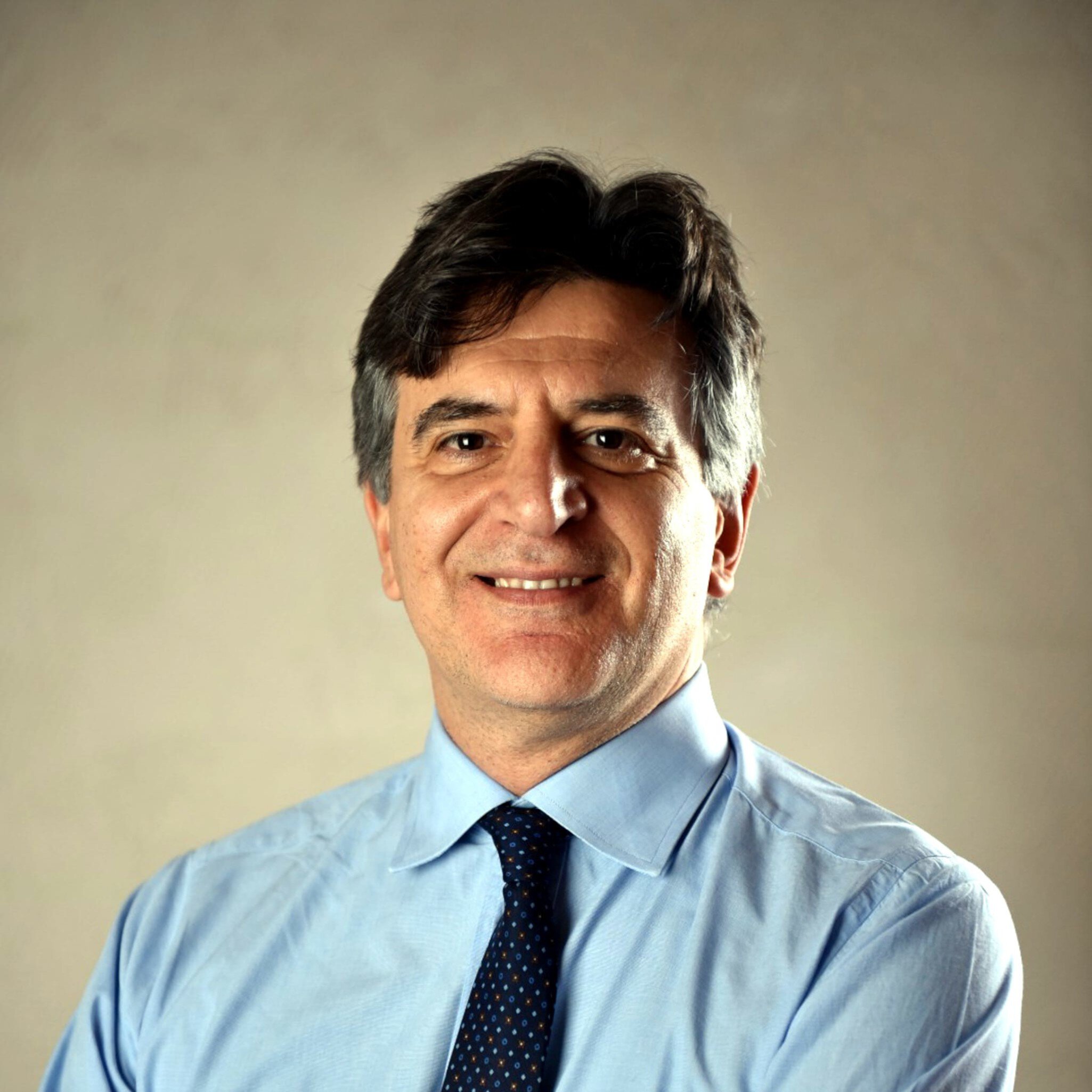Pushing the limits of what can be measured
“Previously applicable resolution and precision limits in industrial metrology are becoming obsolete as the integration of AI and digital methods makes optical instruments intelligent,” explains Jörg Seewig. Together with Pietro Ferraro, he is head of Optical Metrology 2025. In our interview, they present the most important trends and highlights of the conference.
SPIE Optical Metrology 2025
Dr. Pietro Ferraro, Research Director at the Institute of Applied Sciences and Intelligent Systems “Eduardo Caianiello” ISASI-CNR, in Pozzuoli, Italy
Prof. Jörg Seewig; Head of the Chair of Measurement and Sensor Technology (MTS) at the Technical University of Kaiserslautern, Germany
Where will SPIE Optical Metrology 2025 focus in terms of content?
Ferraro: The SPIE Optical Metrology Conference 2025 focuses on advanced approaches and the latest applications of optical metrology. The program ranges from industrial inspection and innovative applications in biophotonics to the monitoring of ecosystems and environmental changes.
Seewig: In terms of industrial applications, the focus is on precision manufacturing and advanced material characterization. It is also about new approaches in 3D and surface metrology, interferometry, deflectometry and the increasing use of artificial intelligence (AI) and machine learning (ML). A significant part of the program is dedicated to in-situ and real-time measurement technology for smart factories and quality control in demanding environments. Not only is demand growing here, but so is the range of solutions on offer.
Ferraro: This also applies to optical methods in biophotonics - whether single cell analysis or innovative marker-free methods of flow cytometry. Here we have presentations on digital holography and interferometric approaches, which can be used for quantitative phase imaging (QPI) and marker-free analysis of individual cells and their dynamics. Novel optical methods for marker-free cell sorting and characterization with high throughput will also be addressed. The focus in this area is also on advances in optical microscopy - in particular super-resolution, light sheet and correlative microscopy. We see exciting approaches to synergetic integration with quantitative metrological methods for comprehensive biological and histopathological tissue analysis.
Seewig: This year there is a special focus on "environmentally friendly" and sustainable technologies based on optics and photonics. This ranges from modern optical sensor technology and imaging for monitoring marine and aquatic ecosystems to pollutant monitoring and the assessment of environmental changes. Optical measurement technology and photonics can make important contributions to a more sustainable future.

Are there any exciting technological trends in your photonics segment?
Seewig: Definitely. Our plenary lectures will address them. Prof. Wolfgang Osten will focus on the metrological challenges posed by the rapid advancement of miniaturization combined with increasingly complex measurement tasks and measurement objects with constantly expanding functionality. Optical metrology is facing these challenges, making it an important driver of innovation. Today, we are operating at physical limits and can overcome some of these with the help of digital methods - for example in optical resolutions or measurement accuracies in the sub-nanometer range. In his plenary lecture, he will discuss the continuous further development of optical methods with ever higher spatial and temporal resolution, precision, robustness and at the same time increasing automation, process capability and proximity to the manufacturing process.
Ferraro: The second plenary lecture will be given by Prof. Alberto Diaspro. He will focus on the progress of advanced optical microscopes at nanoscales and on the convergence of fluorescence-based super-resolution methods, quantum optical microscopy and marker-free techniques. The rise of multimodal optical microscopy with increasing use of AI plays a central role here. We are witnessing an uprise of "intelligent microscopy". The integration of fluorescence lifetime imaging, non-linear microscopy (including multiphoton excitation) or polarization methods such as Mueller matrix microscopy makes it possible to obtain more and more quantitative information from biological samples. AI and the availability of single photon detectors are fundamentally changing microscopy. Robust virtual environments are now emerging for visualizations that were previously almost unthinkable.
Seewig: To summarize: Previously applicable resolution and precision limits in industrial metrology lose their validity where the integration of AI and digital methods makes optical instruments "intelligent". The same applies to new multimodal and marker-free microscopy methods. We are experiencing a paradigm shift in microscopy driven by AI and single photon detection, which allows us to extract more and more quantitative and qualitative information from optical data.

What conference highlights would you like to draw the LASER community's attention to?
Ferraro: In addition to the plenary lectures, I see our social and networking sessions as highlights. In addition to the traditional beer and pretzel event, I would like to emphasize our offerings for young scientists. These include a panel in which experienced experts often share very personal reviews of their careers in optics and photonics and allow young people to share their experiences and what they have learned along the way.
Seewig: I am very much looking forward to our joint session with the Digital Optical Technologies Conference. This is because there are more and more thematic overlaps and very specific interfaces and synergies between our disciplines. And of course it will be a highlight to see all the familiar and hopefully many new faces of experts from all over the world who will be flocking to Munich for the World of Photonics Congress and Laser World of Photonics at the end of June. We are currently experiencing a surge in innovation that will provide plenty to talk about.
Here you will find all relevant information about SPIE Optical Metrology 2025
